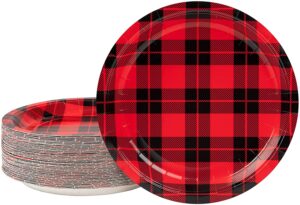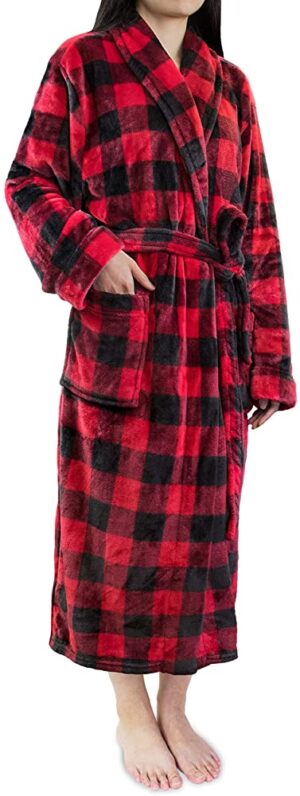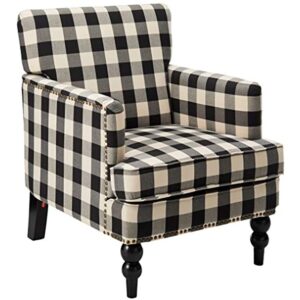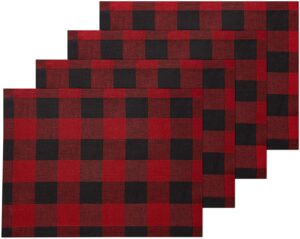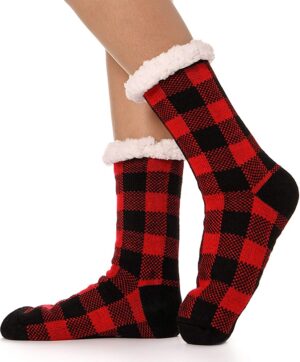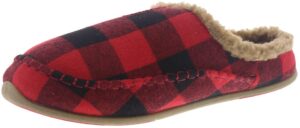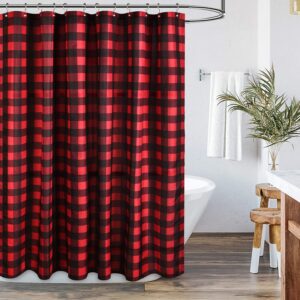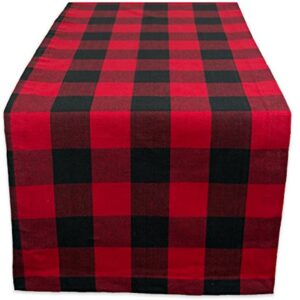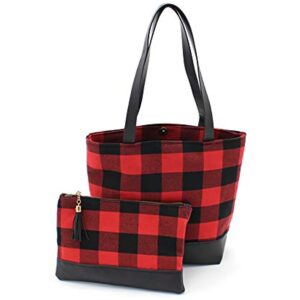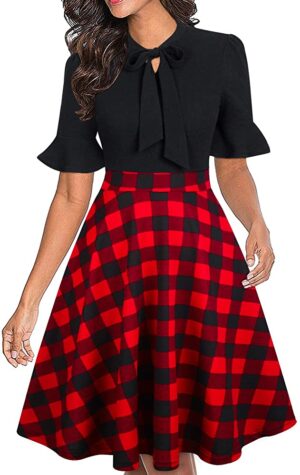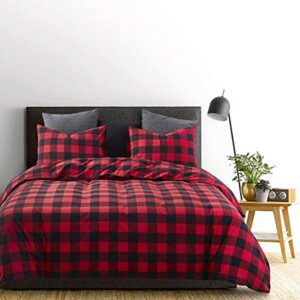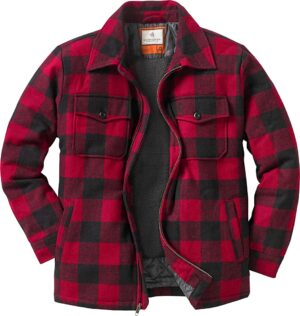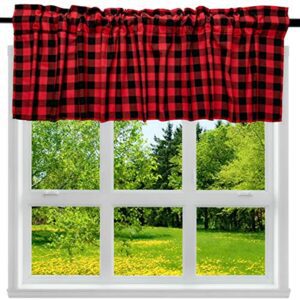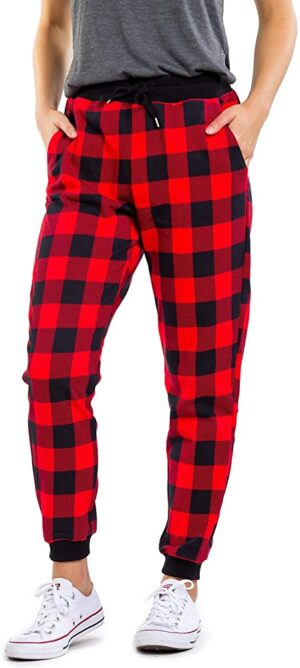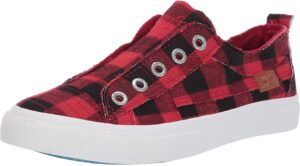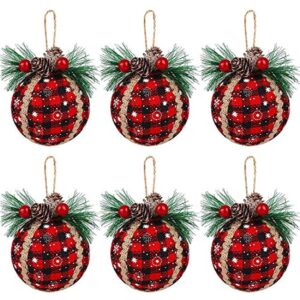Imagine walking into a room and instantly feeling a sense of warmth and coziness beneath your feet. With the “How To Pick Rugs” guide, you’ll no longer struggle with choosing the perfect rugs for your space. This comprehensive resource provides you with expert advice on selecting rugs that not only complement your home decor, but also enhance the overall ambiance of any room. Whether you’re a seasoned rug connoisseur or a complete beginner, “How To Pick Rugs” is here to help you make the right choices and create a truly inviting atmosphere in your home.
Understanding Rug Material
Choosing the right rug material is crucial for ensuring both durability and comfort. There are several common types of fabric used in rugs, each with its own unique characteristics.
Common Types of Fabric Used in Rugs
-
Wool: Wool is a popular choice for rugs due to its natural resilience and durability. It is warm, soft, and can hold dyes well, making it versatile in terms of color options. Wool rugs are also naturally flame-resistant and have good stain resistance. However, they may shed initially and require regular maintenance to keep them looking their best.
-
Silk: Silk rugs are known for their luxurious feel and exquisite appearance. They are incredibly soft and have a natural sheen that adds a touch of elegance to any space. However, silk rugs are more delicate and may require careful handling and maintenance. They are also more expensive compared to other materials.
-
Cotton: Cotton rugs are lightweight, easy to clean, and affordable. They are often woven or tufted, making them suitable for high-traffic areas. Cotton rugs are available in various colors and patterns, making them versatile for different interior styles. However, they may not be as durable as wool or silk rugs and may show wear and tear more quickly.
-
Synthetic Fibers: Synthetic materials like polyester, nylon, and polypropylene are commonly used in rugs due to their affordability and stain resistance. They are often used to create rugs that mimic the appearance of natural materials like wool or silk. Synthetic rugs are generally more durable and easier to clean, making them suitable for households with pets or children.
Comparing the Durability of Different Materials
When considering the durability of rug materials, it’s important to assess factors such as strength, stain resistance, and resilience to foot traffic. Wool rugs, known for their durability, can withstand heavy foot traffic and have excellent stain resistance. Silk rugs, on the other hand, are delicate and should be placed in low foot traffic areas. Cotton rugs are less durable but can still hold up well in moderately trafficked areas. Synthetic rugs are highly resistant to staining and can withstand heavy foot traffic, making them a practical choice for busy households.
Decoding Rug Labels for Fabric Content
Rug labels provide valuable information about the rug’s fabric content, allowing you to make an informed decision. Look for labels that indicate the percentage of each material used in the rug. For example, a label may state “80% wool, 20% silk.” Understanding the fabric content helps you gauge the rug’s characteristics, such as its softness, durability, and ease of maintenance.
Assessing Rug Quality
Determining the quality of a rug involves considering factors such as weave and knotting techniques, thread count, and whether it is hand-knotted or machine-made.
Looking at Weave and Knotting Techniques
Weave and knotting techniques impact the overall quality and appearance of a rug. Hand-woven rugs, such as those made using the traditional Persian knot or Turkish knot, often indicate higher quality due to the intricate craftsmanship involved. These rugs typically have a more detailed design and are made to last for generations. Machine-made rugs, while more affordable, may lack the same level of detail and longevity.
Determining the Importance of Thread Count
Thread count refers to the number of threads per square inch in a rug. A higher thread count typically indicates a denser and more durable rug. It is important to note that thread count alone does not guarantee quality, as other factors like materials and knotting techniques play a significant role. However, a higher thread count can be an indicator of better quality craftsmanship.
Understanding the Value of Hand-Knotted vs. Machine-Made Rugs
Hand-knotted rugs are often considered the pinnacle of quality due to the labor-intensive process involved in their creation. Each individual knot is tied by hand, resulting in a more intricate and durable rug. Hand-knotted rugs are typically made from natural materials like wool or silk and tend to be more expensive. On the other hand, machine-made rugs are mass-produced using power looms, resulting in lower prices and faster production. While they may lack the same level of detail and craftsmanship as hand-knotted rugs, machine-made rugs can still be a practical and budget-friendly option for many.
Choosing the Right Size
Selecting the appropriate size for your rug is essential for achieving the desired balance and functionality in your space. Consider the following factors when choosing the right rug size.
Measuring Your Room for Rug Size
Before purchasing a rug, it’s essential to measure your room accurately. Start by measuring the dimensions of the room and determining the amount of floor space you want the rug to cover. Use a measuring tape to measure the length and width of the room, making note of any architectural features or furniture you want to work around.
Optimal Rug Sizes for Different Rooms
The ideal rug size may vary depending on the room you are furnishing. Here are some general guidelines to help you choose the right size:
-
Living Room: In the living room, the rug should be large enough to fit under all the key furniture pieces, such as the sofa, coffee table, and accent chairs. This helps to create a cohesive and visually appealing seating area. Ensure that there is at least 10-20 inches of bare floor visible around the rug’s perimeter.
-
Dining Room: In the dining room, consider a rug that allows all chair legs to remain on the rug, even when pulled out from the table. This ensures a comfortable and practical dining experience. Add approximately 24 inches to each side of the dining table’s dimensions to determine the minimum size for the rug.
-
Bedroom: In the bedroom, a rug can be placed either under the bed or at the foot of it. If opting for a rug under the bed, ensure it extends beyond the sides of the bed. Ideally, there should be enough rug space for your feet to comfortably touch the rug when getting out of bed.
Considering Furniture Placement when Choosing Rug Size
When selecting a rug size, it is essential to consider how the furniture will be placed on the rug. In the living room, for instance, ensure that the front legs of sofas and chairs are on the rug. This creates a cohesive grouping and helps define the seating area. In the bedroom, the rug can be positioned to accommodate both the bed and bedside tables, maintaining a balanced and coordinated look.
Finding the Right Rug Shape
The shape of your rug can have a significant impact on the overall aesthetic of your space. Consider the following factors when choosing the right rug shape.
Most Popular Rug Shapes
-
Rectangular: Rectangular rugs are the most common shape and can be easily incorporated into various room layouts. They provide a traditional and balanced look, making them suitable for living rooms, dining rooms, and bedrooms.
-
Round: Round rugs add a touch of softness and visual interest to a space. They work well in rooms with curved furniture or to soften the sharp edges of square or rectangular furniture layouts.
-
Square: Square rugs can help define specific areas within a room. They can be used to anchor a seating area in the living room or create a cozy reading nook in the bedroom.
-
Runner: Runner rugs are long and narrow, making them ideal for narrow spaces such as hallways or alongside a kitchen island. They add dimension and protect high-traffic areas from wear and tear.
Matching Rug Shapes to Your Furniture Layout
When choosing the rug shape, consider the shape and arrangement of your furniture. Rectangular rugs are versatile and can complement both rectangular and square furniture arrangements. Round rugs work well with circular furniture or to soften the edges of rectangular furniture. Square rugs can be used to match the shape of square or round tables. Runner rugs are ideal for elongated furniture arrangements such as hallways or by a kitchen island.
Breaking the Rules: When Unusual Rug Shapes Work
While it’s essential to consider traditional rug shapes for a harmonious look, don’t be afraid to break the rules and explore unconventional shapes. For example, an oval rug can add a unique touch to a dining room, while a hexagonal rug can create a visually interesting focal point in a living room. Unusual rug shapes can be a great way to showcase your personal style and add an unexpected element to your space.
Color and Pattern Considerations
The color and pattern of a rug play a significant role in the overall design and atmosphere of a room. Consider the following factors when choosing the right color and pattern for your rug.
Choosing a Color Scheme
When selecting the color scheme for your rug, consider the existing colors in the room, such as the wall paint, furniture, and accessories. You can choose a rug that complements these existing colors or opt for a contrasting color to create visual interest. Consider the mood you want to evoke in the room. For a calming ambiance, choose neutral or cool-toned colors. For a bold and energizing atmosphere, opt for vibrant or warm-toned colors.
Using Rugs to Add Accents or Focal Points
A rug can be used to either accentuate or serve as a focal point in a room. If your existing furniture and décor are relatively neutral, consider choosing a rug with a bold pattern or vibrant color to create a focal point. On the other hand, if your furniture and décor already feature a prominent design or color scheme, choose a more subtle or complementary rug to accentuate the overall look.
Understanding the Impact of Rug Patterns
Rug patterns can significantly impact the overall aesthetic of a room. Consider the following pattern options:
-
Geometric Patterns: Geometric patterns add a modern and structured element to a space. They work well in contemporary or minimalist interiors.
-
Floral Patterns: Floral patterns bring a touch of elegance and a natural vibe to a room. They can create a soft and feminine atmosphere.
-
Striped Patterns: Striped patterns can add a sense of movement and visual interest to a space. They work well in both traditional and modern interiors.
-
Oriental Patterns: Oriental patterns, such as those found in traditional Persian or Turkish rugs, add a sense of history and sophistication to a room. They can work well in a variety of interior styles.
When choosing a pattern, consider the size of the room and the scale of your furniture. Larger patterns tend to work well in larger rooms, while smaller patterns can be more suitable for smaller spaces.
Understanding Rug Pile Height
Rug pile height refers to the length of the fibers or loops on the surface of the rug. The pile height plays a role in both the aesthetic appeal and the practical function of the rug.
What is Rug Pile and Why It Matters
Rug pile refers to the density and height of the fibers or loops on the surface of the rug. It affects the appearance, texture, and comfort of the rug. A higher pile height creates a softer and more luxurious feel, while a lower pile height creates a flatter and more practical surface. Understanding the different pile heights can help you choose the right rug for your space.
Different Pile Heights and Their Advantages
-
Low Pile: Low pile rugs typically have fibers that are less than 0.25 inches in height. They are durable, easy to clean, and suitable for high-traffic areas. Low pile rugs are also less likely to show footprints or furniture marks.
-
Medium Pile: Medium pile rugs have fibers that range from 0.25 to 0.5 inches in height. They strike a balance between comfort and practicality. Medium pile rugs provide a plush feel while still being relatively easy to maintain.
-
High Pile: High pile rugs have fibers that exceed 0.5 inches in height, creating a luxurious and soft surface. They are ideal for areas where comfort is prioritized over practicality, such as bedrooms or cozy seating areas. However, high pile rugs may require more maintenance and can trap dirt and allergens more easily.
Choosing the Correct Pile Height for Your Space
When selecting the pile height for your rug, consider the functionality and maintenance requirements of the space. High pile rugs are ideal for areas where comfort is prioritized, such as bedrooms or areas where you spend a significant amount of time sitting or lying down. Low pile rugs are more practical for high-traffic areas or spaces where ease of cleaning is essential, such as dining rooms or entryways. Medium pile rugs offer a versatile option that can be suitable for various areas of your home.

Maintaining Your Rug
Proper maintenance is essential to ensure the longevity and overall appearance of your rug. Consider the following tips for cleaning and care based on the rug material.
Cleaning and Care Tips Based on Material
-
Wool: Wool rugs can be vacuumed regularly to remove dust and debris. It is important to avoid using a beater bar or high suction setting that may damage the fibers. Spills should be blotted immediately with a clean cloth to prevent stains from setting. Professional cleaning is recommended every 1-2 years to maintain the rug’s appearance and remove deeply embedded dirt.
-
Silk: Silk rugs require delicate handling and should be vacuumed lightly or spot cleaned with a mild detergent and water solution. Avoid excessive moisture, as silk is sensitive to water. Professional cleaning is recommended for silk rugs to maintain their luster and prevent damage.
-
Cotton: Cotton rugs can typically be machine-washed or spot-cleaned with a mild detergent. It is important to check the care instructions provided by the manufacturer as some cotton rugs may be prone to shrinking or fading.
-
Synthetic Fibers: Synthetic rugs are typically easy to clean and maintain. They can be vacuumed regularly and spot-cleaned with mild detergent and water. Synthetic rugs are often resistant to staining, making them suitable for households with pets or children.
Understanding When Professional Cleaning Is Required
While regular vacuuming and spot-cleaning can help maintain the appearance of your rug, professional cleaning is necessary to remove deeply embedded dirt, allergens, and stains. Professional cleaning methods vary depending on the rug material, so it is important to consult a professional rug cleaner who specializes in the specific material of your rug. Generally, professional cleaning is recommended every 1-2 years, but it may vary depending on the foot traffic and usage of the rug.
Maintaining the Look and Feel of Your Rug Over Time
To maintain the look and feel of your rug over time, consider the following tips:
-
Rotate your rug periodically to ensure even wear and minimize fading in areas exposed to direct sunlight.
-
Use rug pads to provide cushioning and prevent slipping. Rug pads also help to extend the lifespan of your rug by reducing friction between the rug and the floor.
-
Avoid placing heavy furniture directly on the rug, as it may cause indentations or damage the fibers.
-
Vacuum your rug regularly to remove dust, debris, and allergens. Be gentle when vacuuming delicate rugs to avoid damaging the fibers.
-
Attend to spills and stains immediately by blotting them with a clean cloth or using an appropriate stain remover recommended for your rug material.
Buying Rugs Online vs. In-Store
When it comes to purchasing a rug, you have the option of buying online or in-store. Both approaches have their pros and cons, so it’s important to consider your preferences and specific needs.
Pros and Cons of In-Store Rug Shopping
In-store rug shopping provides an opportunity to see and feel the rugs in person. You can assess the texture, color, and quality firsthand, which can be helpful in making a decision. Additionally, you can ask questions to the store staff and receive personalized recommendations. However, in-store shopping may have limited options, and it can be time-consuming to visit multiple stores. Pricing may also be higher due to overhead costs.
Understanding Rug Descriptions and Images Online
Online rug shopping offers the convenience of browsing a wide range of options from the comfort of your home. You can access a variety of styles, sizes, and price ranges. Online retailers usually provide detailed descriptions, images, and customer reviews to help you make an informed decision. However, it can be challenging to assess the texture and true colors of the rug solely based on online images. It’s important to read customer reviews and check the return policy before making a purchase.
Tips for Successful Rug Shopping Online
-
Measure your space accurately before purchasing a rug online. Pay close attention to the dimensions mentioned in the product description.
-
Read the detailed product description and look for information on the rug’s material, pile height, and cleaning instructions.
-
Zoom in on the images to get a better idea of the rug’s texture. Consider requesting additional images from the retailer if needed.
-
Read customer reviews to get insights into the rug’s quality, color accuracy, and overall satisfaction.
-
Check the return policy before making a purchase, as it’s important to have the option to return the rug if it doesn’t meet your expectations.
By considering these tips and your personal preferences, you can successfully navigate the online rug shopping experience and find the perfect rug for your space.
In conclusion, understanding rug material, assessing rug quality, choosing the right size and shape, considering color and pattern, understanding pile height, maintaining your rug, and deciding between online and in-store rug shopping are all important factors to consider when picking the perfect rug for your space. Take the time to explore different options, evaluate your needs, and select a rug that not only enhances the aesthetic of your room but also provides comfort and durability for years to come. Happy rug shopping!






